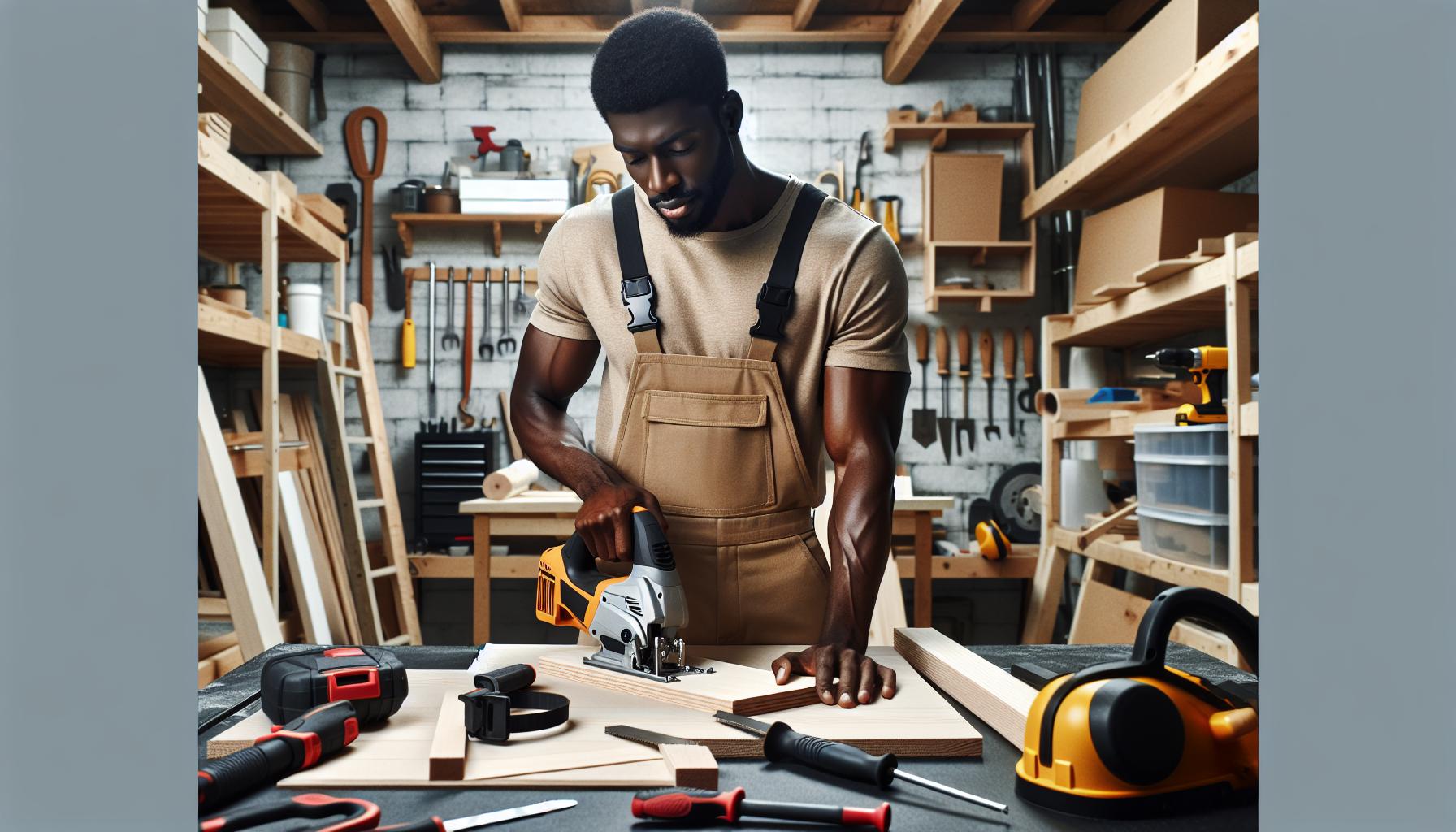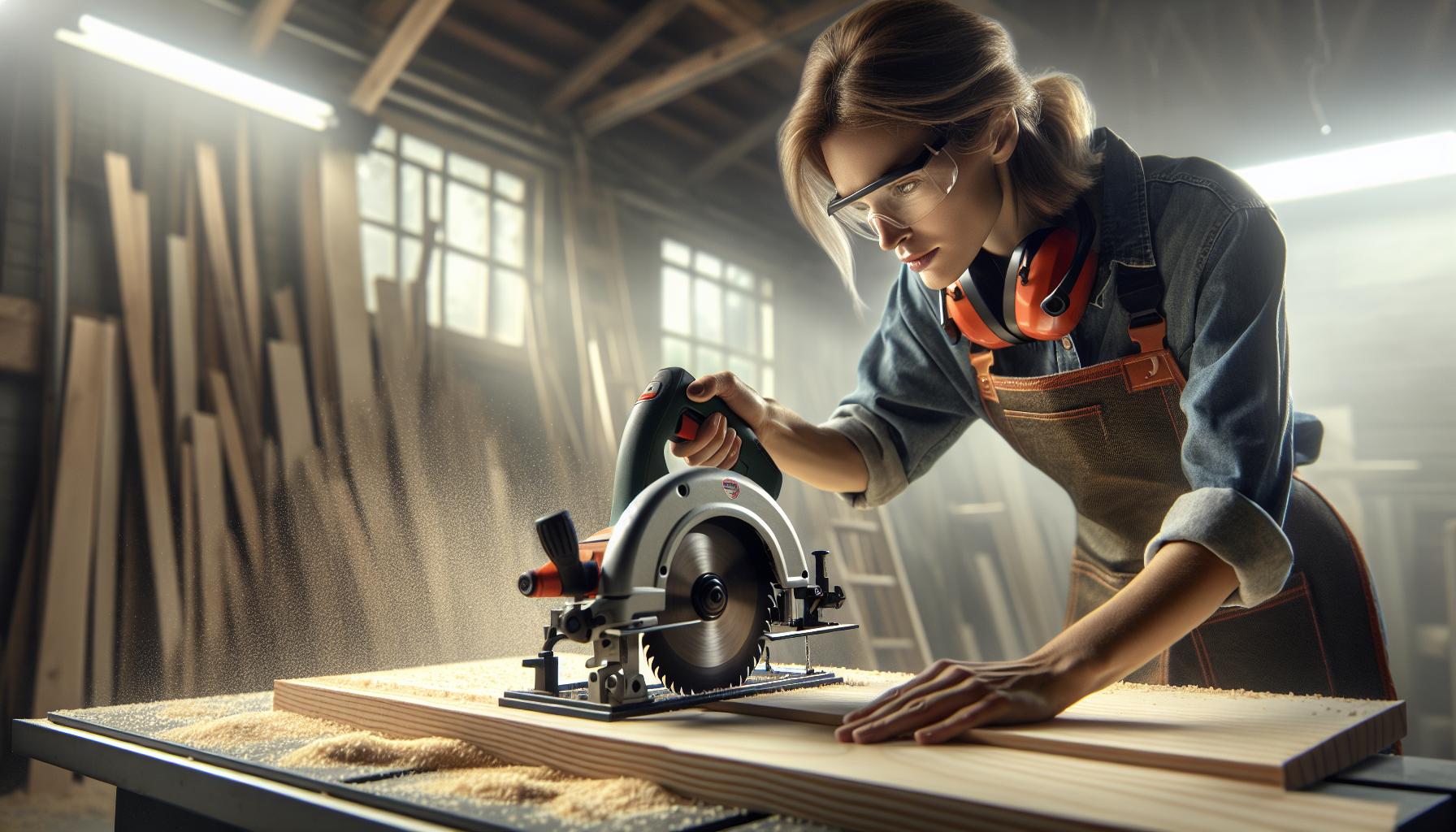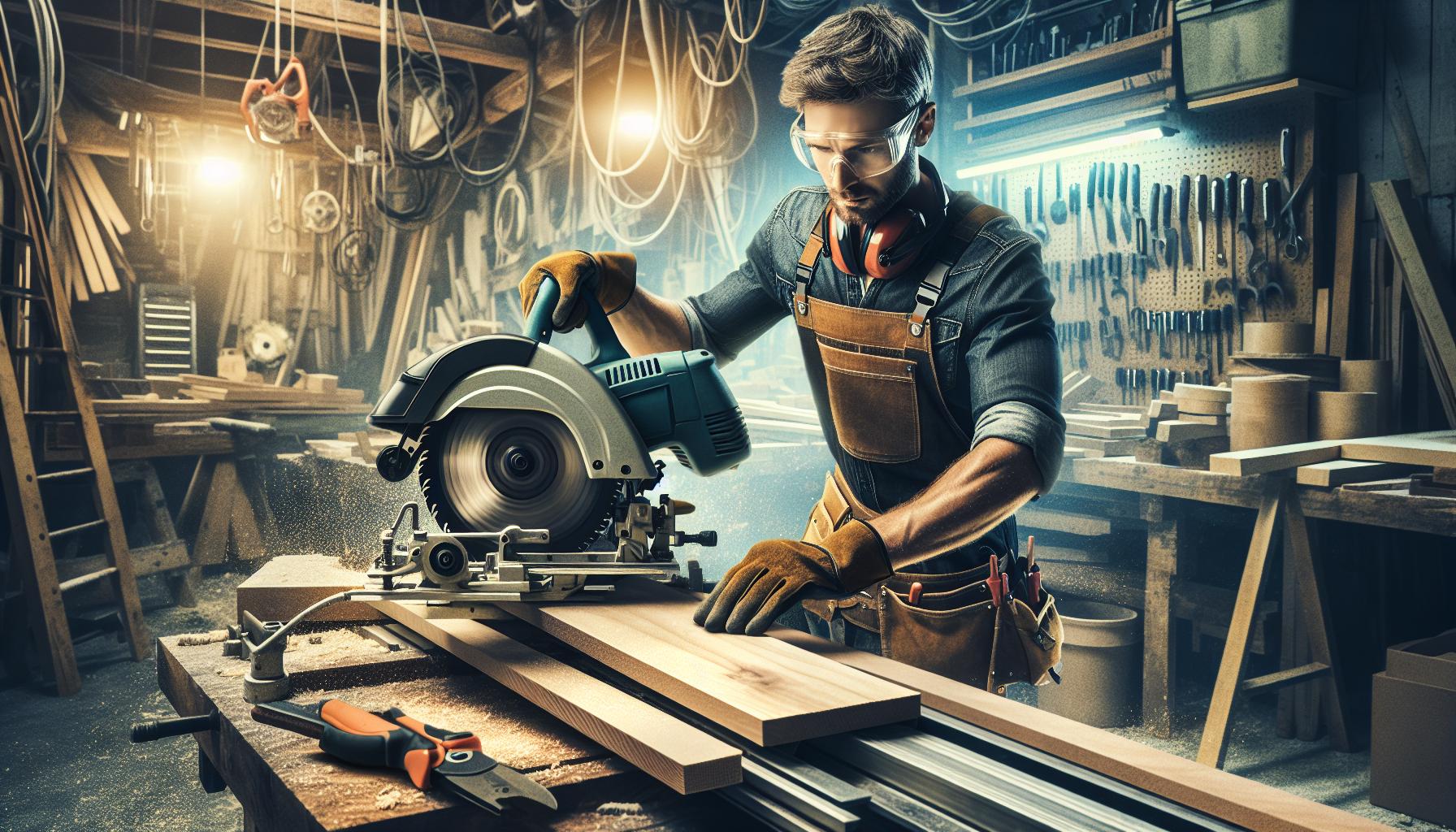When it comes to DIY projects, having the right tools can make all the difference. Whether you’re building a bookshelf or crafting a birdhouse, a reliable saw is often at the heart of your toolkit. But with so many options on the market, how do you know which saw is the best fit for your needs?
I’ve spent countless hours researching and testing various saws to help you make an informed decision. From understanding the nuances of different types—like circular saws, jigsaws, and miter saws—to considering factors like power, precision, and versatility, finding the ideal saw can be a game-changer for your projects.
Key Takeaways
- Understanding the Best Saw for DIY Projects, such as circular saws, jigsaws, reciprocating saws, and miter saws, is crucial to selecting the right tool for various DIY projects.
- Consider essential factors like power source, blade type and size, and safety features when choosing the best saw for your needs to enhance project efficiency and safety.
- The top picks for saws include DEWALT’s circular saws and miter saws, Bosch’s jigsaw, and Milwaukee’s reciprocating saw, each excelling in power, precision, and user comfort.
- Safe usage of saws involves proper handling techniques and regular maintenance to prevent accidents and prolong the tool’s lifespan.
- Implementing recommended safety practices, such as wearing protective gear and proper storage, ensures efficient and secure DIY project completions.
Best Saw for DIY Projects
Choosing the right saw ensures success in any DIY project. Several saws serve unique purposes and offer different benefits.
Circular Saws
Circular saws are powerful for straight cuts. Their rotating discs tackle wood, metal, and plastic. With blade sizes from 4.5 to 7.25 inches, they suit various materials. Ideal for building decks or cutting plywood.
Jigsaws
Jigsaws excel at intricate cuts. They cut curves and shapes in wood, metal, and tiles, thanks to their narrow blades. With variable speed settings, they adjust to each material’s needs. Useful in crafting and furniture design.
Reciprocating Saws
Reciprocating saws are demolition tools. Their push-and-pull motion removes material quickly in wood, metal, and plaster. They’re perfect for remodeling and tearing down old structures. Blade versatility enhances their adaptability.
Miter Saws
Miter saws provide precise angled cuts. Their pivoting blades cut woodwork, moldings, and frames. Miter saws split with sliding features for wider boards. Best for trim work and custom cuts in cabinetry.
Factors to Consider When Choosing a Saw


Selecting the right saw significantly impacts the effectiveness of DIY projects. It’s crucial to evaluate various factors to ensure the tool meets your project’s requirements and provides the best performance.
Power Source
The power source determines the saw’s portability and convenience. For easily transportable and flexible options, consider cordless saws with rechargeable batteries. These are ideal for outdoor and remote work. On the other hand, corded saws deliver consistent power, making them perfect for extended use without the need for recharging, especially in workshop settings.
Blade Type and Size
The blade type and size influence the kind of materials you can cut and the precision of the cuts. Carbide-tipped blades, for instance, effectively handle hardwoods and metals, while high-speed steel blades suit softer materials like plywood. Choose larger blades, measuring 7-1/4 inches or more, for deep cuts on thick materials, and select smaller blades for finer, intricate work.
Safety Features
Safety features play a critical role in preventing accidents during saw operation. Look for saws with safety components like blade guards, which protect from accidental contact. Electric brakes stop the blade quickly, reducing injury risks, while lock-off switches prevent unintentional starts. Prioritizing safety features ensures a safer working environment and fewer accidents.
Top Picks for the Best Saws for DIY Projects


Selecting the Best Saw for DIY Projects enthusiasts who seek efficiency and precision. Here’s a look at the best options in each category.
Best Circular Saw
The DEWALT DCS391B 20V MAX is my top choice for a circular saw. It offers a robust 5,150 RPM motor, ensuring smooth cuts through a variety of materials. Its lightweight design enhances maneuverability without compromising on durability. Magnesium shoe adds stability, which improves accuracy during long cuts. Designed for user comfort, the rubber over-molded grip reduces fatigue.
Best Jigsaw
For intricate cuts, the Bosch JS470E 120V Corded Jigsaw stands out. It boasts a 7.0 AMP motor, delivering power and precision for the most detailed work. The tool-less blade-change system simplifies adjustments on the fly. Variable speed control allows for adjustable speeds up to 3,100 SPM, providing optimal control for different projects. The multi-directional blade clamp ensures a firm grip on blades, enhancing precision and safety.
Best Reciprocating Saw
The Milwaukee 2720-20 M18 FUEL is my recommended choice for demolition tasks. With a brushless motor achieving cutting speeds of up to 3,000 SPM, it tackles tough materials efficiently. REDLINK PLUS intelligence prevents overload, offering consistent performance. An adjustable shoe extends blade life while providing a clear line of sight. The QUIK-LOK blade clamp facilitates rapid changes, keeping interruptions to a minimum.
Best Miter Saw
I prefer the DEWALT DWS779 12″ Sliding Compound Miter Saw for tasks involving angled cuts. Its powerful 15 AMP motor drives a 3,800 RPM blade, ensuring smooth and precise cuts. The dual-bevel design offers flexibility, extending capacity for larger workpieces. Integrated XPS cross-cut positioning system provides an accurate guide, eliminating the need for recalibration. Durable construction ensures long-term reliability, vital for consistent project outcomes.
By selecting the right saw based on these top picks, DIY projects become more efficient and precise.
Tips for Using Saws Safely


Using saws safely is crucial to any DIY project. Knowing proper handling and maintenance ensures safety and prolongs tool life.
Proper Handling Techniques
Position the saw so that the tool’s weight is balanced before starting the cut. This helps maintain control and reduces fatigue. Secure the workpiece with clamps or a vise. This prevents the material from moving and minimizes the risk of accidents. Keep both hands on the saw when cutting, staying clear of the blade’s path. Wearing safety goggles is also essential to protect eyes from flying debris.
Maintenance and Care
Check blades regularly for sharpness and damage, replacing worn ones. This improves cutting efficiency and reduces the chance of sudden tool failure. After each use, clean the saw to remove sawdust and debris, which can damage moving parts over time. Store saws in a dry, cool place to prevent rust and keep them in top condition for future projects.
Saw For Projects
Choosing the Best Saw for DIY Projects can significantly enhance your DIY projects by ensuring precision and efficiency. With various options available, it’s crucial to match the saw type to the project’s needs. Whether you’re making straight cuts with a circular saw or intricate curves with a jigsaw, understanding each tool’s strengths is key. Remember to prioritize safety with each use by following proper handling techniques and maintaining your tools regularly. By investing in the right saw and using it safely, you’ll not only improve your project outcomes but also enjoy a more satisfying DIY experience.

